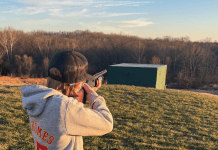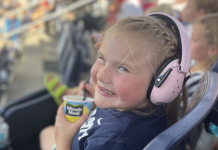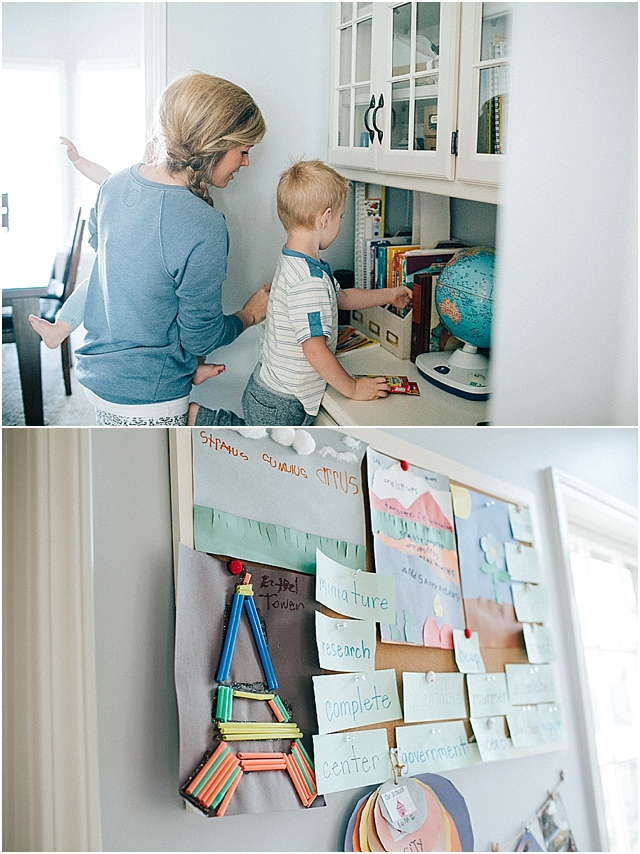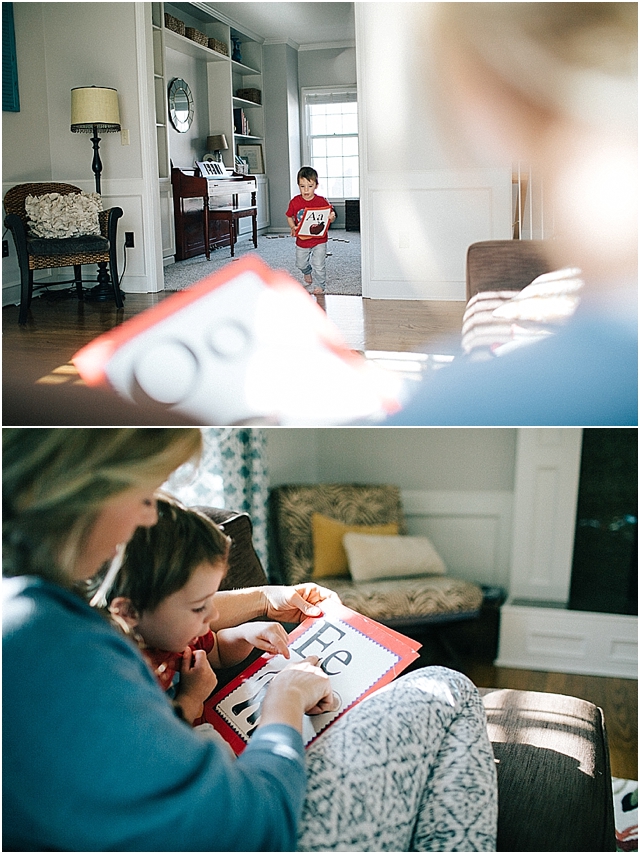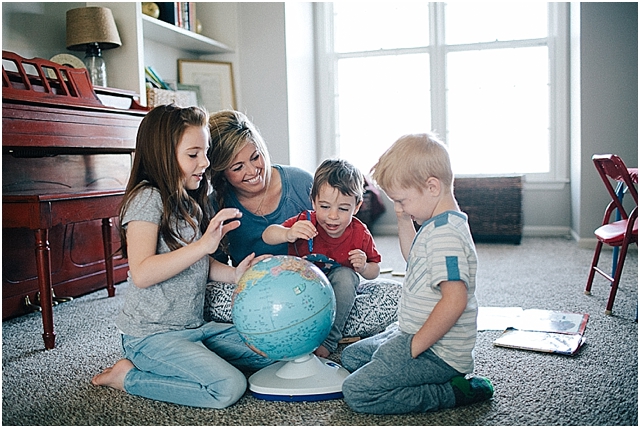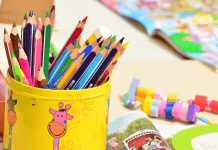Although there are so many competing skills and ideals moms want to impart to our children, one of the things I knew before we even decided to homeschool (see my reason why here and what a morning in our life looks like here) is that teaching my children to read would be the top priority.
This would not only allow for them to pursue individual interests as early as they could master reading on their own, but would equip them to more confidently approach any academic subject. The simple six steps we’ve used for teaching our children how to read are possible to follow regardless of what educational avenue your family has chosen as they can be practiced over breakfast, after daycare, on the weekends, etc. Starting around age two, five minutes a day is plenty! Short, engaging practice a few times a day can be more valuable than 20 minutes.
The secret to the success of this method is empowering children to recognize the sounds of the letters before having to name them. Additional sounds and exceptions to the rule are to be saved until children are confident in the first four steps to reading. Moving on to each subsequent step is only done when the current step is mastered.
The Six Steps to Reading
- Short Vowel Sounds – First, introduce the foundational concepts of recognizing letters, particularly vowels (A, E, I, O, U). Concentrating on one vowel at a time, point out these letters at every opportunity. Emphasizing the short sounds is key. For instance, A would be taught as just “a” as in apple rather than ape, E would be taught as just “e” as in elephant. I teach “I” as in igloo rather than “ice cream.” Teaching the short vowels first is the best way to learn how to read as most words in the English language use short vowels. This method also allows individuals to transition smoothly from the sounds of letters to blending letters into words. A free resource demonstrating these short sounds can be found here.
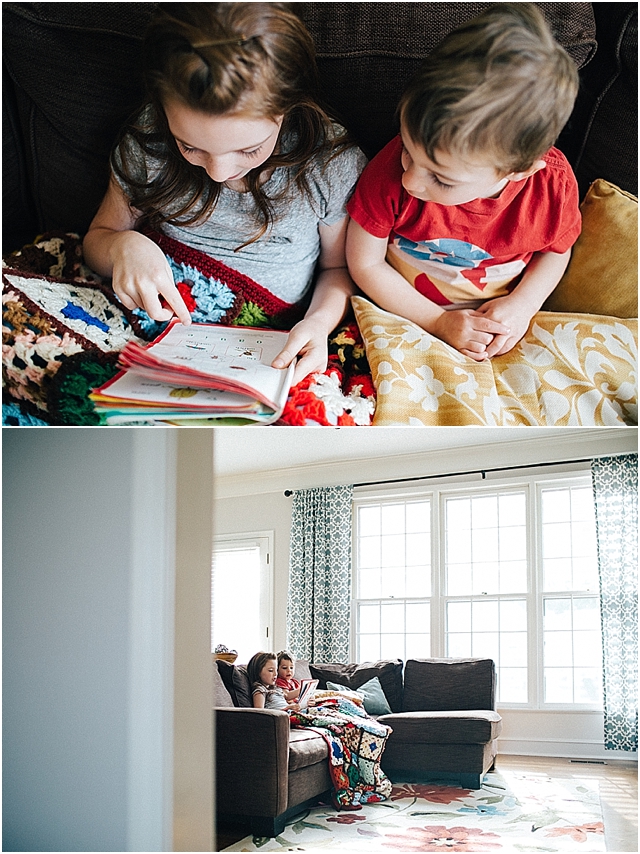
- Consonant Sounds – Once vowels are memorized, move on to memorizing the hard sounds of the consonants. G would be taught as “g” as in goat rather than giraffe. C would be taught as “c” as in cat rather than circle. If questions arise such as, “well, doesn’t giraffe start with g?” the answer would be, “Yes, but most of the time it says ‘guh’ as in goat.”
- Blend C+V – Although it is perhaps the most time-intensive step, (rivaled most by step five), short, daily, consistent practice of step three is key in mastering this process. Model this step by starting to say each sound separately. Then drag out the first sound followed by the second sound and repeat until the two sounds run into each other. Then, say them together quickly as a finished product. MO would be pronounced Maw.

- One Vowel Words – Step four is a repeat of step three with the addition of an ending consonant. This step is especially rewarding as there are many books written with this pattern of words. From the Bob Books to Dr. Seuss’ stories to the I Can Read series, children can now officially read! This is a natural time to gradually introduce sight words. “Oh, there’s a word we don’t sound out, that word is ‘the.’ T-H-E always says ‘the.'” Or, “I see the letter ‘a’ on its own in that sentence. When ‘a’ is by itself in a sentence, we say ‘uh.’”
- Long Vowel Sounds + Two Vowel Words – Next, go back to the vowels and teach the other sound they can make, the “long sounds.” “A can also say ‘a’ as in ape, E as in eagle, O as in open, I as in ice cream, U as in uniform.” “When we see two vowels in a word, we usually say the first vowel’s long sound.” Additionally, one of the activities on the free Starfall computer game and iPhone app includes this catchy phrase: “When two vowels go a-walking, the first one does the talking.” This step usually takes a long time as children grow in their ability to look at a word and analyze which sound to use, but, again, consistency and low pressure practice is essential.
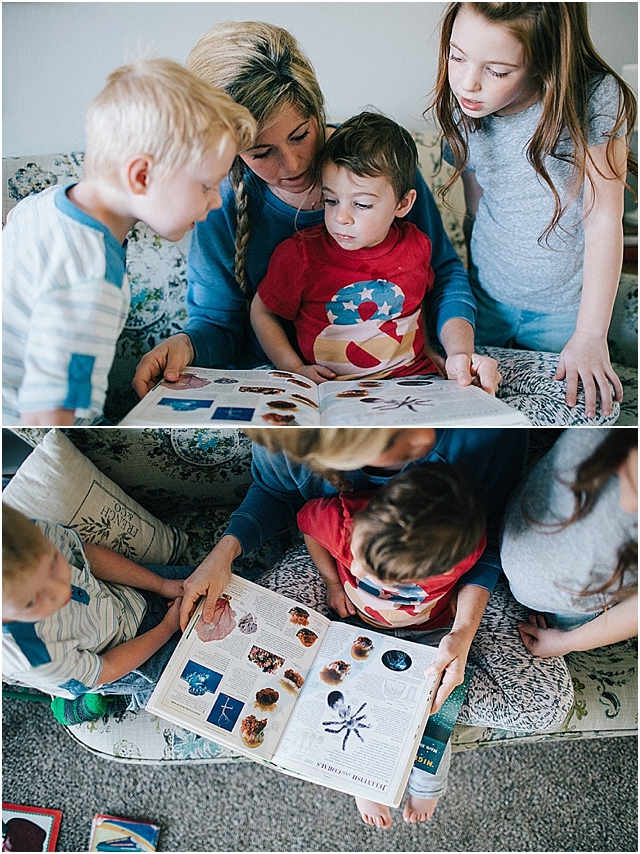
- Special Sounds – The last step of equipping children to read independently is giving them the tools to sound out special sounds such as “th,” “ch,” “sh” and other “rule-breakers.” Taking one sound at a time and pointing them out in everyday language or favorite books helps children tackle these rules and allows them to continue reading more fluently by the day.
See a video of the different strategies we use to practice these steps, how to pronounce the vowels, and how the different steps look in our family below:
Reading from Allison Corrin on Vimeo.
Reading is the foundation of all knowledge and education. Reading exercises and strengthens the mind for great thoughts. Reading cultivates a love for knowledge and self-education. Reading contributes to moral development and character. Reading provides patterns for noble, heroic living. Reading increases understanding of the world’s views and values. Reading instills a broad understanding of history and its influences.
Reading is so much more than simply an academic discipline. It is the doorway between a life of dependence on other people on one side and a life of spiritual and personal freedom on the other.
Educating the WholeHearted Child
This quote encompasses my passion for teaching my children to read. Although I do believe the classroom is capable of producing readers, it has been a joy to give my children the gift of literacy before they are even in kindergarten. It’s not a race, but a priority I have found delight in as I watch their excitement and pride swell as they realize their accomplishments and gain confidence in their independence. Yes, there are days of discouragement and difficulty as they struggle, but, like everything in life, it becomes part of their story and part of what establishes greater self-confidence when they overcome.
The Six Steps to Reading are based on the A Beka curriculum (find resources here). Photos courtesy of Anecdotally Yours.





